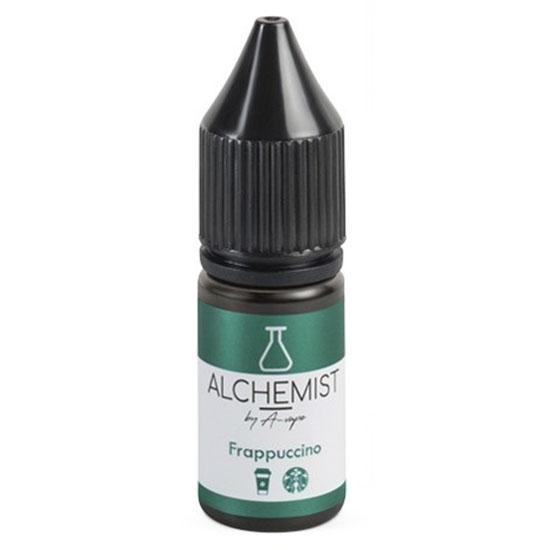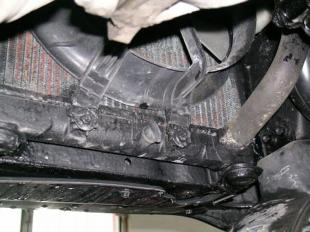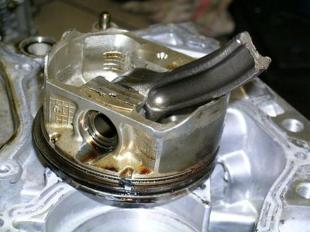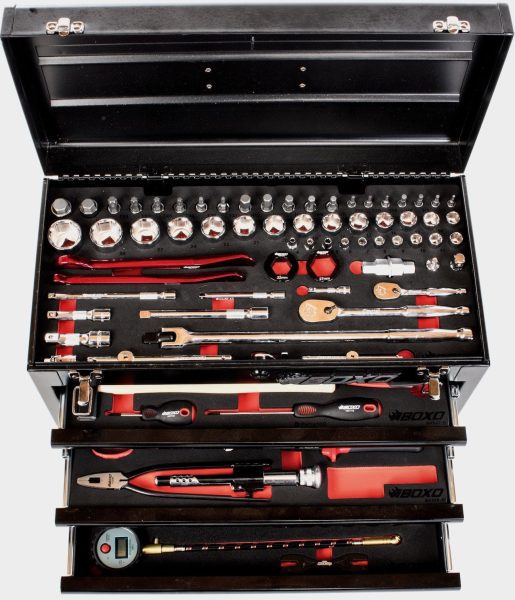
Where is the liquid?
 A low coolant level indicates a leak in the system. Such a defect should never be underestimated.
A low coolant level indicates a leak in the system. Such a defect should never be underestimated.
A low coolant level indicates a leak in the system. In no case should such a malfunction be underestimated and it is necessary to immediately check what is its cause. Otherwise, we may even destroy the engine.
In an efficient cooling system, liquid losses are very small, and if we notice large flaws, then a failure has occurred. A leak can occur in many places, so the cost of repairs will be very different, from 30 to even several thousand. zloty. 
The first critical point in the cooling system are pipes and rubber hoses. After several years of operation and several tens of thousands of kilometers, the rubber hardens and cracks may appear. Replacing hoses is a very simple operation and the only problem may be difficult access.
There should be no problems with choosing the right cable. If you are buying a universal one, it is best to use an old template to find the right diameter and shape. Fluid leaks are very common in LPG vehicles and are the result of careless workshops. The auxiliary heating lines of the reducer are loose and can be replaced after a short time.
The radiator could be another leak. Light or greenish streaks indicate leaks. Costs determine whether the radiator should be repaired or replaced with a new one. In many cases, repairs do not pay off, because new radiators for popular cars cost between PLN 200 and PLN 350. The heater can also cause a leak. Then, when you turn on the heating, you will feel an unpleasant smell, and the floor mats in the center console area will be wet.
The water pump is also where we can see the leak. Damaged bearings will destroy the sealant and cause leakage. Replacing a pump can be easy if it's within easy reach, and when driven by a timing belt, the cost of replacing it can be significant.

If one of the above malfunctions occurs while driving, further movement can be continued, provided that the leakage is small. In addition, you need to watch the temperature gauge very carefully and check the fluid level frequently.
Much more dangerous are imperceptible fluid leaks resulting from damage to the cylinder head gasket. The fluid then enters the combustion chamber or lubrication system.
We can recognize the presence of coolant in the oil by a significantly higher level, as well as by its changed color and cloudiness. With such a mistake, further travel is out of the question. Even if liquid enters the combustion chamber, further driving is impossible. It is not recommended to even start the engine, since the liquid is not compressible and if there is more of it in the cylinder than the volume of the combustion chamber, then it will definitely damage the engine. We'll be lucky if "only" the connecting rod bends and the engine is ready for repair.
On the other hand, with a large amount of water, the connecting rod can come off and, as a result, the entire engine can collapse. And about the ingress of water into the combustion chamber, we will be informed by clouds of steam coming out of the exhaust system.
